FCA accused of emissions cheating on 104,000 vehicles
Auxiliary emission control devices allegedly used on Fiat Chrysler diesel models built between 2014 and 2016
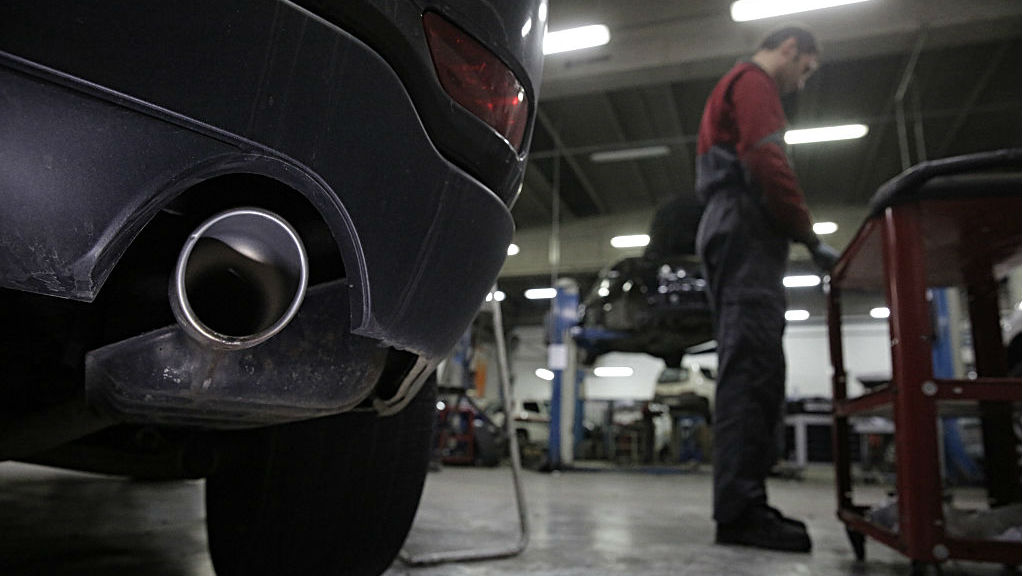
Fiat Chrysler Automobiles (FCA) has been accused of using auxiliary emission control devices on 104,000 vehicles sold in the US.
According to a report by the US Environmental Protection Agency (EPA), the devices were found on new models built between 2014 and 2016 fitted with 3.0-litre diesel engines, which primarily includes the Jeep Grand Cherokee and Dodge Ram 1500 truck.
EPA administrator Cynthia Giles said: "All automakers must play by the same rules and we will continue to hold companies accountable that gain an unfair and illegal competitive advantage.
The Week
Escape your echo chamber. Get the facts behind the news, plus analysis from multiple perspectives.

Sign up for The Week's Free Newsletters
From our morning news briefing to a weekly Good News Newsletter, get the best of The Week delivered directly to your inbox.
From our morning news briefing to a weekly Good News Newsletter, get the best of The Week delivered directly to your inbox.
"Failing to disclose software that affects emissions in a vehicle's engine is a serious violation of the law."
She added the EPA would "continue to investigate the nature and impact" of the devices.
FCA said it was "disappointed" with the accusations and would work closely with the agency to resolve the matter "fairly and equitably".
It also said it used "state-of-the-art emission control systems hardware", such as selective catalytic reduction, in order to comply with "regulatory requirements" detailed by the EPA to lower exhaust emissions.
A free daily email with the biggest news stories of the day – and the best features from TheWeek.com
Meanwhile, the European Commission has been asked to look into whether FCA used exhaust manipulation devices in cars sold in Europe, reports AutoExpress.
The magazine says Germany's KBA transport authority found Fiat diesel models "cut out their pollution systems" shortly after emission tests had finished.
"According to reports, Fiat vehicles turned off their pollution control systems after 22 minutes, while the official test cycle for diesel cars lasts for 20 minutes only. it adds.
-
 Will the mystery of MH370 be solved?
Will the mystery of MH370 be solved?Today’s Big Question New search with underwater drones could finally locate wreckage of doomed airliner
-
 The biggest astronomy stories of 2025
The biggest astronomy stories of 2025In the spotlight From moons, to comets, to pop stars in orbit
-
 Why are micro-resolutions more likely to stick?
Why are micro-resolutions more likely to stick?In the Spotlight These smaller, achievable goals could be the key to building lasting habits
-
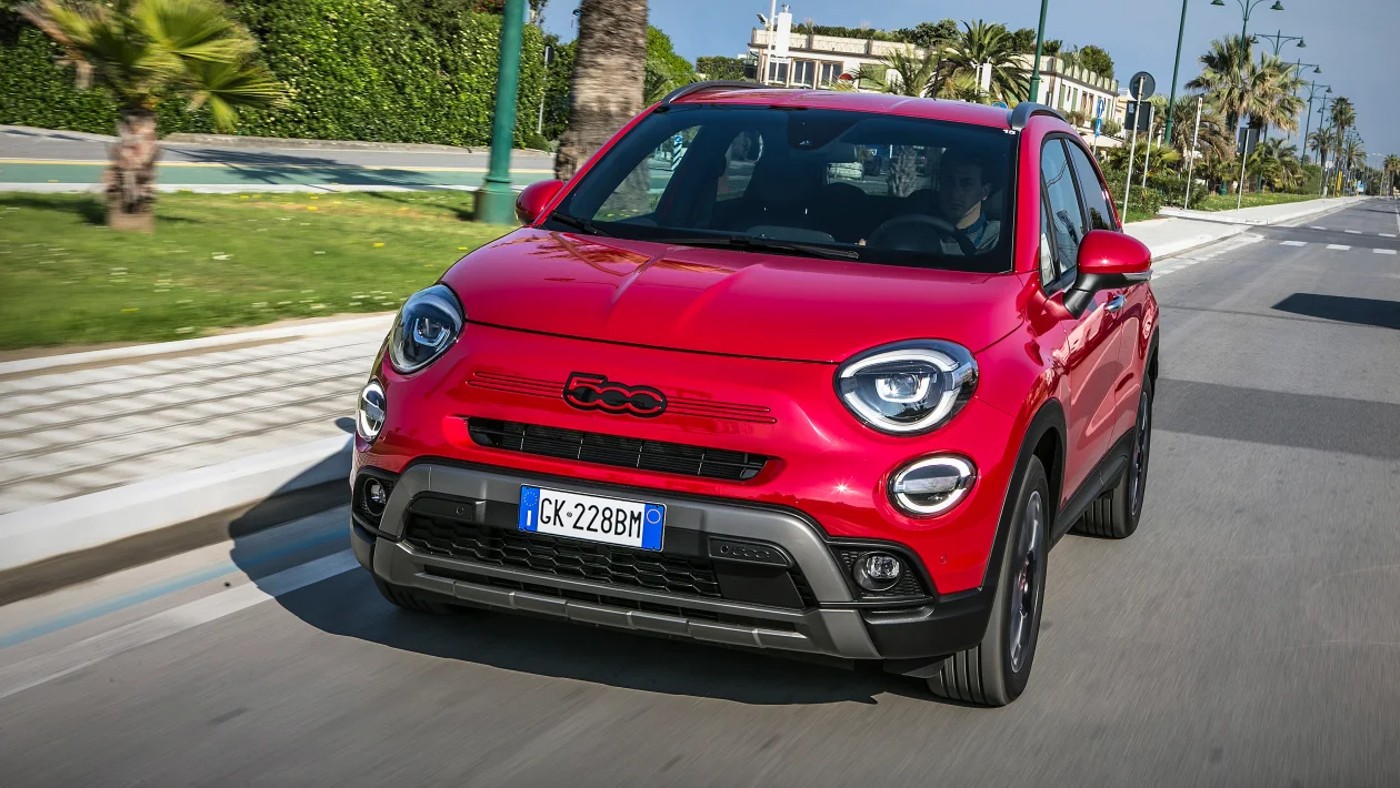 Fiat 500X Hybrid review: what the car critics say
Fiat 500X Hybrid review: what the car critics sayfeature Fiat has given the 500X an injection of battery power
-
 PSA FCA: Peugeot owner and Fiat Chrysler approve merger
PSA FCA: Peugeot owner and Fiat Chrysler approve mergerIn Depth Conglomerate will be the fourth largest in the world but some fear it may come at the expense of British workers
-
 FCA-Renault merger: deal collapses following French government intervention
FCA-Renault merger: deal collapses following French government interventionIn Depth The tie-up would have created the largest motoring group in the world
-
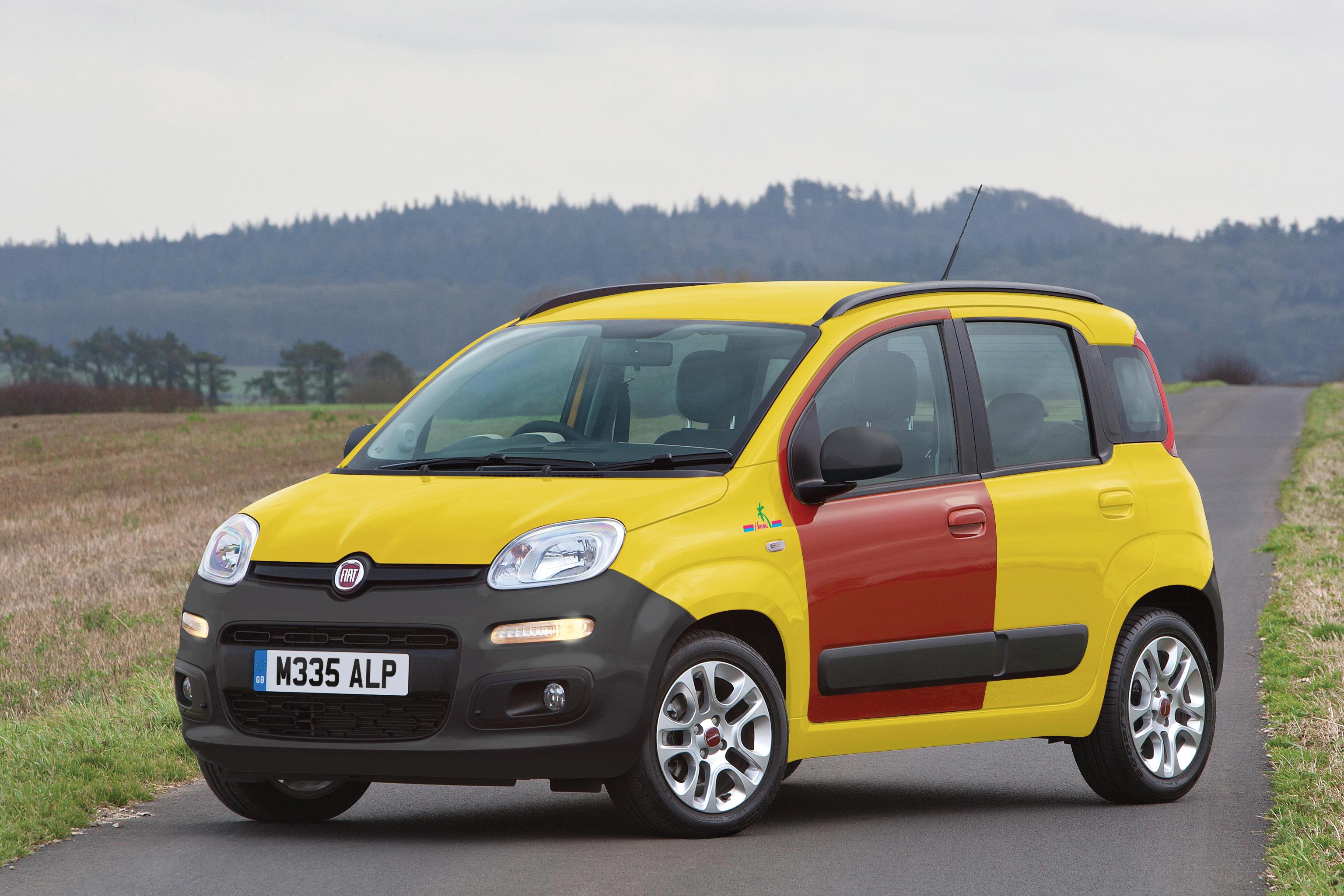 April Fools’ Day: the best and worst car spoof stories
April Fools’ Day: the best and worst car spoof storiesIn Depth From the plausible to the ludicrous, here’s how the motoring world is trying to prank drivers
-
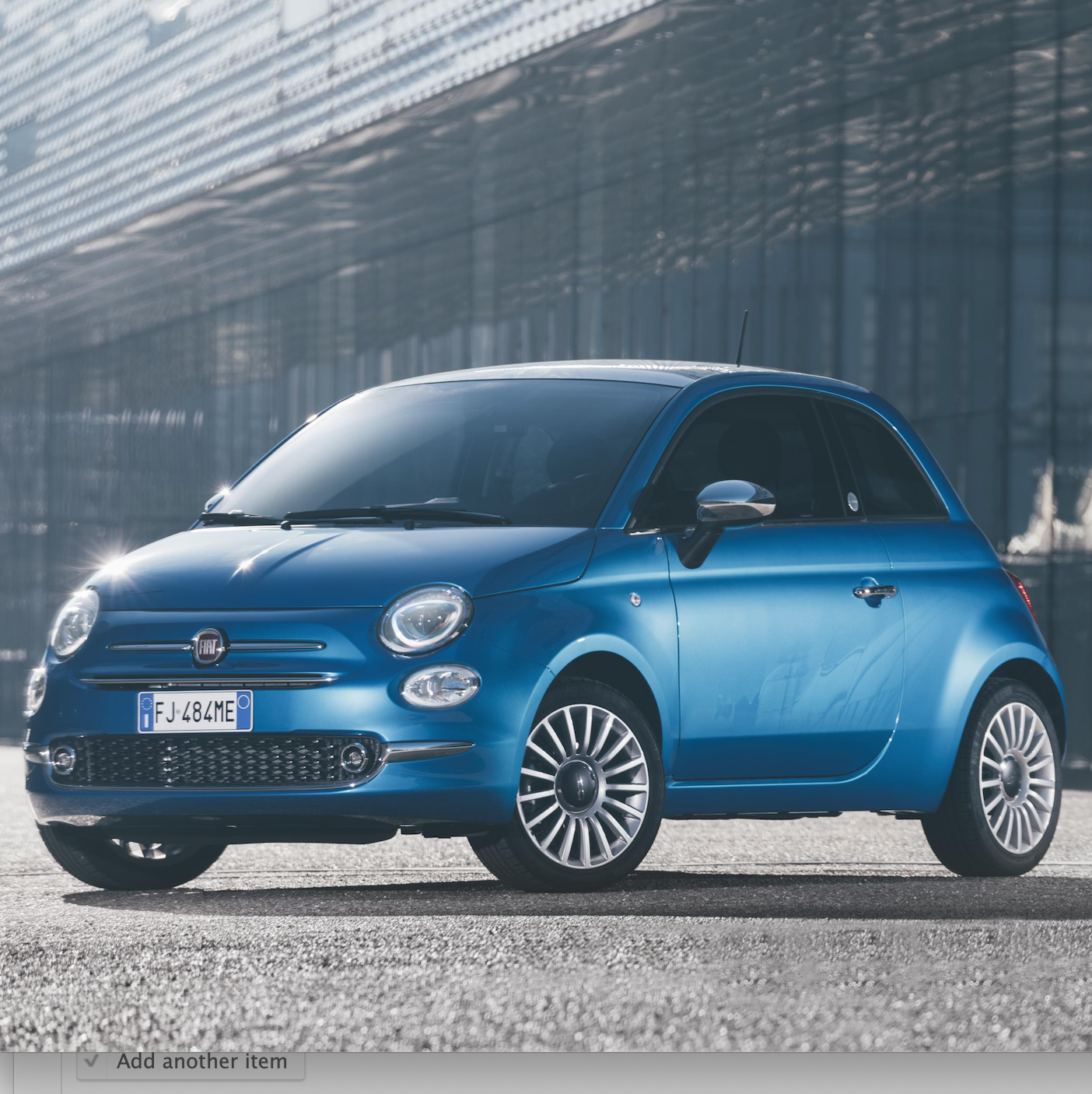 Fiat 500 electric 2020: design details, price, specs and release date
Fiat 500 electric 2020: design details, price, specs and release dateIn Depth Everything we know so far about the Italian marque’s first mass-production EV
-
 Geneva Motor Show 2019: four of the best weird and wonderful concept cars
Geneva Motor Show 2019: four of the best weird and wonderful concept carsIn Depth From modular crossovers to electric dune buggies, these prototype machines are grabbing the spotlight in Switzerland
-
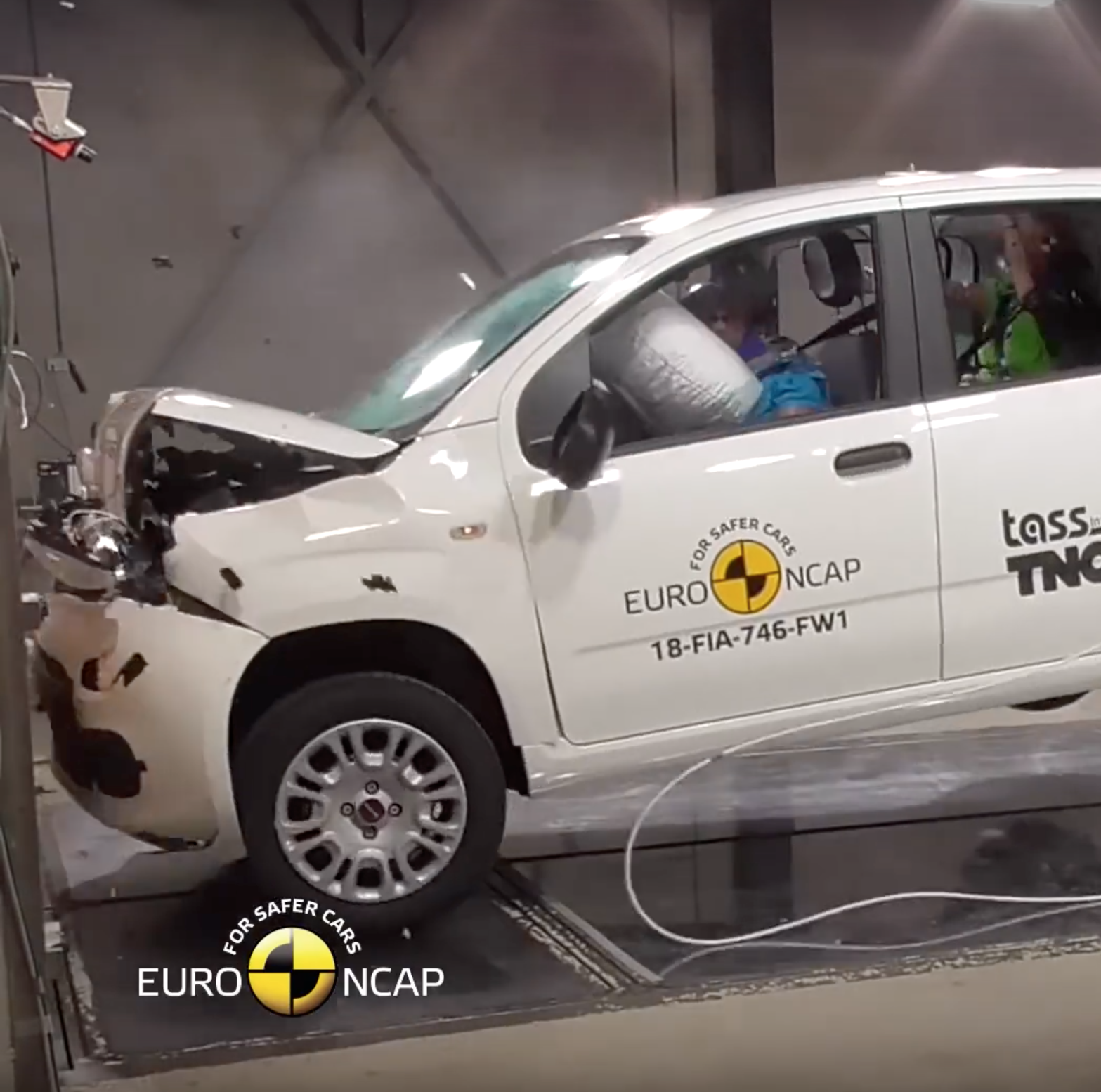 Britain’s least safe cars 2018: Fiat Panda scores zero-star Euro NCap crash test rating
Britain’s least safe cars 2018: Fiat Panda scores zero-star Euro NCap crash test ratingSpeed Read FCA-owned Jeep also performed poorly with one-star
-
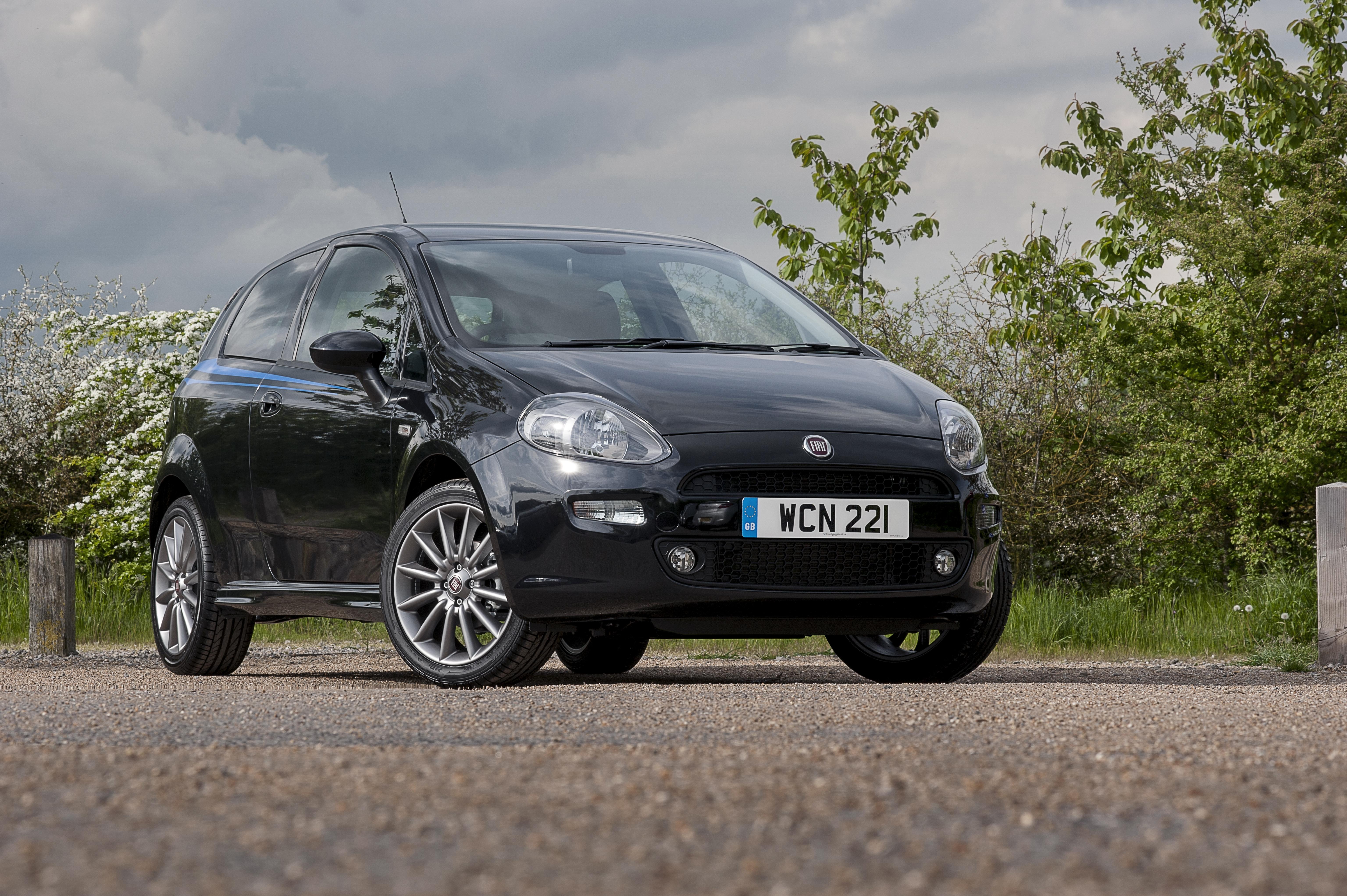 The least safe cars on sale 2018: Fiat Punto axed after zero-star Euro NCap rating
The least safe cars on sale 2018: Fiat Punto axed after zero-star Euro NCap ratingSpeed Read Disastrous score marks the end of the hatchback’s 13-year production run